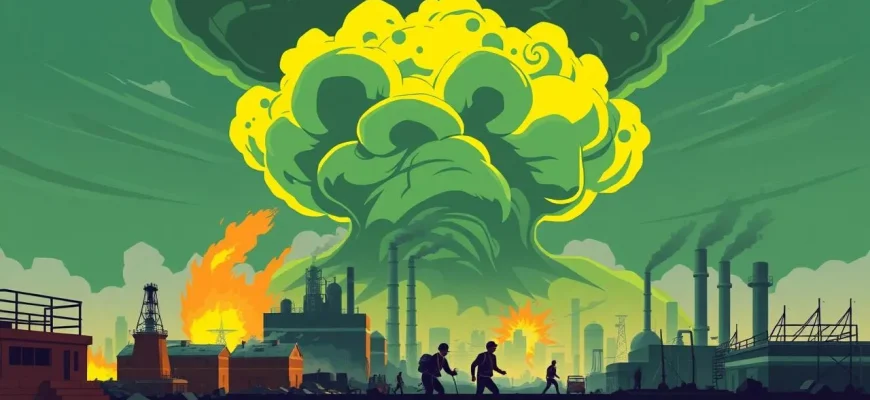Dive into the heart-pounding world of toxic disaster films, where nature's fury meets human error, creating scenarios that are both terrifying and thought-provoking. This curated list of 10 films not only entertains but also serves as a stark reminder of the potential consequences of environmental neglect and industrial mishaps. From toxic clouds to chemical spills, these movies will keep you on the edge of your seat, offering a thrilling escape while highlighting the importance of environmental stewardship.
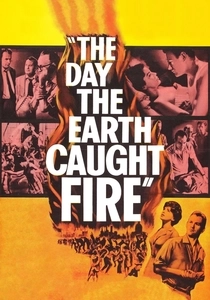
The Day the Earth Caught Fire (1961)
Description: This British film deals with the aftermath of simultaneous nuclear tests by the US and USSR, which alter the Earth's orbit, causing environmental chaos. It's a chilling reminder of the potential for human-induced disasters.
Fact: The film was shot in black and white, with the last scene in color to symbolize the return to normalcy.
 Watch Now
Watch Now 
The Crazies (1973)
Description: This George A. Romero film deals with a biological weapon that turns people into homicidal maniacs, released accidentally into a town's water supply. It's a grim look at the consequences of toxic exposure.
Fact: The film was remade in 2010, keeping the core concept but updating the setting and effects.
 Watch Now
Watch Now 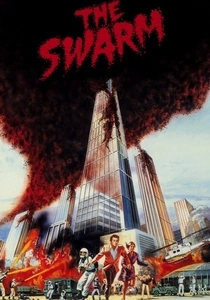
The Swarm (1978)
Description: While primarily about killer bees, the film touches on the theme of environmental disruption due to toxic waste, as the bees are mutated by chemical spills. It's a classic example of nature's retaliation against human pollution.
Fact: The film was directed by Irwin Allen, known as "The Master of Disaster" for his work on other disaster films.
 Watch Now
Watch Now 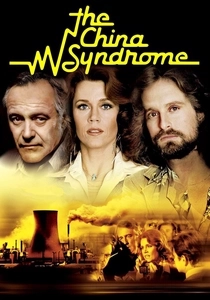
The China Syndrome (1979)
Description: This film explores the potential dangers of nuclear power plants, focusing on a fictional scenario where a nuclear meltdown could release toxic radiation into the environment. Its relevance to real-life nuclear incidents makes it a compelling watch.
Fact: The film's release eerily coincided with the Three Mile Island nuclear accident, enhancing its impact. It also features a young Michael Douglas in one of his early roles.
 Watch Now
Watch Now 
The Toxic Avenger (1984)
Description: This cult classic combines elements of comedy and horror, featuring a janitor who becomes a superhero after falling into a vat of toxic waste. It's a quirky take on the consequences of toxic pollution.
Fact: The movie spawned a franchise including sequels, a musical, and even an animated series.
 Watch Now
Watch Now 
The Core (2003)
Description: This film involves a team of scientists drilling into the Earth's core to restart its rotation, which has stopped due to a toxic cloud of pollution. It's a thrilling ride through the Earth's layers, emphasizing the impact of human activities on the planet.
Fact: The film features a scene where the team uses a nuclear bomb to restart the Earth's core, a plot device that has become a staple in disaster films.
 Watch Now
Watch Now 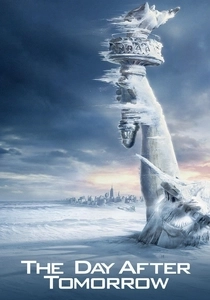
The Day After Tomorrow (2004)
Description: While primarily a climate change disaster film, it includes scenes of toxic pollution and environmental collapse, making it relevant to our theme. The movie's depiction of sudden climate shifts serves as a warning about the fragility of our environment.
Fact: The film was criticized for its scientific inaccuracies but praised for its visual effects and the message about environmental awareness.
 Watch Now
Watch Now 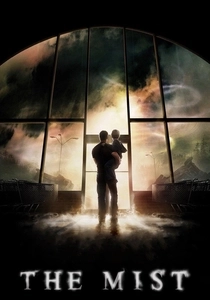
The Mist (2007)
Description: Although not explicitly about toxic waste, the film features a mysterious mist that brings with it creatures possibly mutated by military experiments or environmental disasters, making it relevant to our theme.
Fact: The film's ending is famously bleak, diverging from Stephen King's novella on which it's based.
 Watch Now
Watch Now 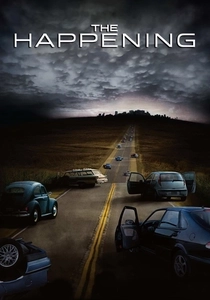
The Happening (2008)
Description: Although not directly about toxic waste, this M. Night Shyamalan film deals with a mysterious neurotoxin that causes mass suicides, highlighting the potential dangers of environmental toxins.
Fact: The film was shot in Philadelphia, and the city's landmarks play a significant role in the movie's setting.
 Watch Now
Watch Now 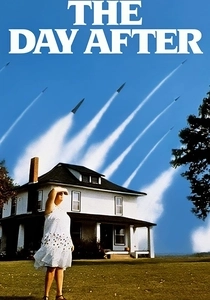
The Day After (1983)
Description: This made-for-TV movie depicts the aftermath of a nuclear war, including the release of toxic radiation and its impact on survivors. It's a sobering look at the potential for human-caused environmental disasters.
Fact: The film was watched by over 100 million viewers upon its initial broadcast, sparking widespread public debate on nuclear war.
 30 Days Free
30 Days Free 
